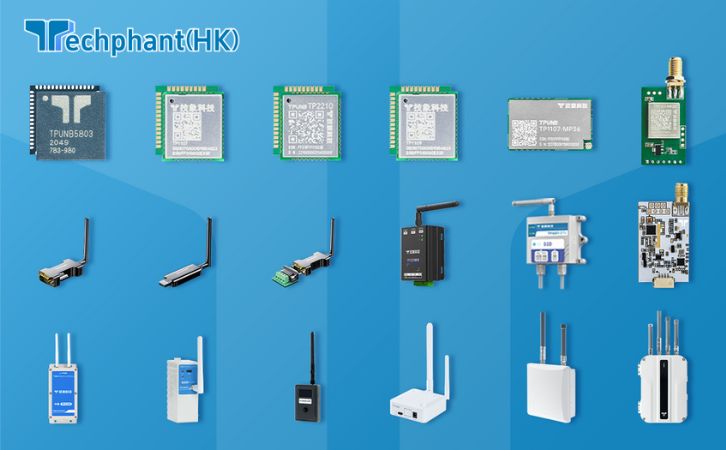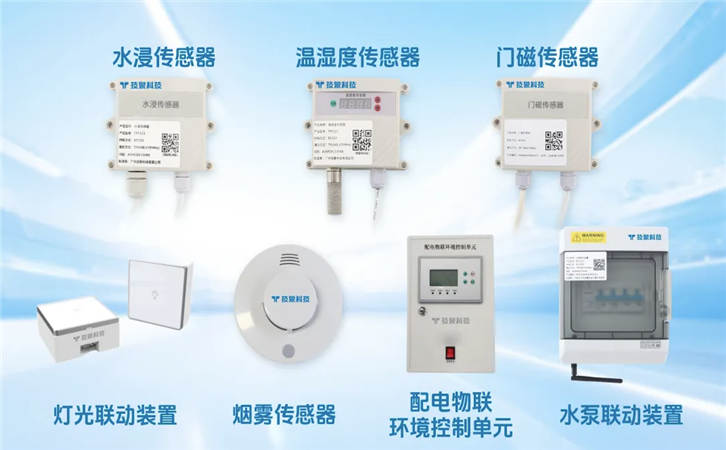The Internet of Things (IoT) has revolutionized how devices interact, enabling applications from smart agriculture to industrial automation. A critical enabler of this ecosystem is low-power IoT networks, designed to support battery-operated devices that require long operational lifespans with minimal energy consumption. These networks, often categorized as Low-Power Wide-Area Networks (LPWANs), prioritize energy efficiency, long-range communication, and scalability. This article delves into the technologies, applications, challenges, and future prospects of low-power IoT networks, highlighting their pivotal role in the IoT landscape.
I. Understanding Low-Power IoT Networks
Low-power IoT networks are designed to enable long-range communication for devices with stringent energy constraints, such as sensors powered by coin-cell batteries. Unlike traditional wireless technologies like Wi-Fi or Bluetooth, which prioritize high data rates, low-power networks focus on minimal energy use, often allowing devices to operate for 5–10 years without battery replacement. These networks typically operate in sub-GHz frequency bands (e.g., 868 MHz in Europe, 915 MHz in North America) to reduce signal attenuation and extend range, often up to 10–15 km in rural areas.
The primary technologies in this category are LPWANs, including LoRaWAN, NB-IoT, and Sigfox, each with distinct modulation schemes and network architectures. For instance, LoRaWAN uses chirp spread spectrum (CSS) modulation, which provides robustness against interference and enables long-range communication with data rates from 0.3 to 50 kbps. NB-IoT, a cellular-based solution, leverages existing LTE infrastructure for reliable connectivity. These networks employ lightweight protocols to minimize overhead, ensuring devices spend most of their time in low-power sleep modes, waking only to transmit small data packets, such as temperature readings or GPS coordinates.
II. Key Technologies: LoRaWAN and NB-IoT
LoRaWAN and NB-IoT dominate the low-power IoT network landscape, each addressing specific use cases. LoRaWAN operates in unlicensed spectrum, making it cost-effective for private network deployments. Its star-of-stars topology connects end devices (e.g., sensors) to gateways, which relay data to a network server via IP-based backhaul. LoRaWAN’s adaptive data rate (ADR) optimizes transmission power and data rate based on signal quality, extending battery life. For example, a soil moisture sensor in smart agriculture can transmit data every few hours, consuming less than 10 mA during active periods. However, LoRaWAN’s low bandwidth limits its use for applications requiring frequent or large data transfers.
NB-IoT, standardized by 3GPP, operates in licensed LTE spectrum, ensuring high reliability and quality of service. With data rates up to 250 kbps and deep indoor penetration, NB-IoT is ideal for urban environments, such as smart metering or waste management systems. Its power-saving modes, like Power Saving Mode (PSM) and extended Discontinuous Reception (eDRX), allow devices to remain dormant for extended periods, reducing energy consumption. However, NB-IoT’s reliance on cellular infrastructure increases operational costs, and its power consumption, while low, is higher than LoRaWAN’s for ultra-low-data-rate applications. Both technologies support encryption (e.g., AES-128 for LoRaWAN, LTE-grade security for NB-IoT), but their deployment requires careful consideration of cost, coverage, and application needs.
III. Applications Driving Low-Power IoT Adoption
Low-power IoT networks are transforming industries by enabling scalable, cost-effective solutions for remote monitoring and automation. In smart agriculture, LoRaWAN-based sensors monitor soil moisture, temperature, and humidity, optimizing irrigation and reducing water waste. For example, a vineyard in California might deploy LoRaWAN sensors across hectares, with gateways relaying data to a cloud platform for analysis, achieving a battery life of up to 7 years. In smart cities, NB-IoT powers smart parking systems, where sensors embedded in parking spaces detect vehicle presence and transmit data to a central server, reducing urban congestion.
Asset tracking is another key application, with low-power networks enabling real-time monitoring of goods across supply chains. Sigfox, another LPWAN technology, is used for tracking shipping containers, transmitting small packets (up to 12 bytes) for location updates, with devices lasting years on a single battery. Environmental monitoring also benefits, with LoRaWAN sensors tracking air quality or water levels in remote areas, supporting disaster prevention. These applications highlight the ability of low-power networks to support massive device deployments—often thousands of devices per gateway—while maintaining energy efficiency and low operational costs.
IV. Challenges and Limitations
Despite their advantages, low-power IoT networks face several challenges. Limited bandwidth is a primary constraint; LoRaWAN’s data rates, for instance, are insufficient for real-time video or large file transfers, restricting its use to small, infrequent data packets. NB-IoT offers higher bandwidth but at the cost of increased power consumption and reliance on licensed spectrum, which can be expensive in regions with high telecom tariffs. Interference in unlicensed bands (for LoRaWAN and Sigfox) can degrade performance in crowded urban settings, necessitating robust gateway placement and network planning.
Security is another concern, as resource-constrained IoT devices often lack the processing power for advanced encryption or frequent key updates. While LoRaWAN and NB-IoT incorporate security features, vulnerabilities in device firmware or misconfigured networks can expose systems to attacks. Scalability also poses challenges; as IoT deployments grow, managing thousands of devices requires sophisticated network management tools to handle data routing, device authentication, and firmware updates. Finally, global standardization remains elusive, with regional spectrum differences (e.g., 868 MHz vs. 915 MHz) complicating device interoperability across markets.
Conclusion
Low-power IoT networks, exemplified by technologies like LoRaWAN and NB-IoT, are pivotal in enabling the next generation of connected devices, balancing energy efficiency with long-range communication. Their ability to support applications like smart agriculture, urban infrastructure, and asset tracking underscores their transformative potential. However, challenges such as limited bandwidth, security concerns, and regional disparities require ongoing innovation in protocol design, network management, and device optimization. As IoT adoption accelerates, advancements in low-power technologies—potentially integrated with emerging standards like 5G mMTC or AI-driven network optimization—will further enhance their scalability and efficiency, cementing their role in the connected future.


